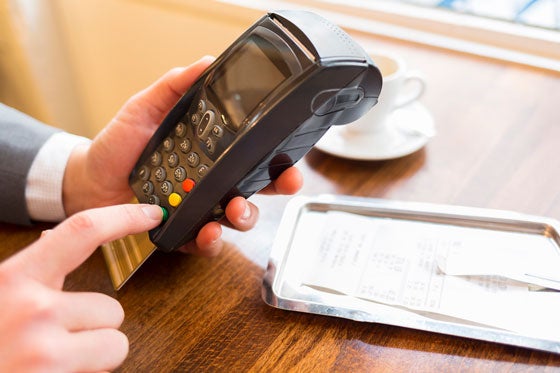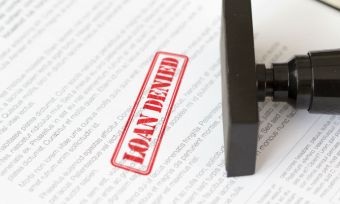Both credit cards and debit cards are rectangular in shape, have a 16-digit card number, an expiration date, and a pin code. Though they may look alike, credit cards and debit cards actually serve very different purposes and function differently. Canstar investigates what those differences are.

What is a debit card?
To put it simply, a debit card is a card that allows you to transfer money from your banking account when making a purchase.
This is because a debit card takes the money you already have out of your transaction or savings account to pay for these purchases. If there’s no money in your account, you simply won’t be allowed to make the transaction. Debit cards also allow you to carry out some of the same transaction options traditionally only available by using a credit card – such as online shopping. But with a debit card, you only spend what you have, nothing more.
While Canstar doesn’t rate debit cards, we do rate savings and transaction accounts, which would be linked to your debit card.

What is a credit card?
A credit card allows you to borrow money to make purchases without having to put up collateral. In essence, it’s an unsecured revolving line of credit, up to a specific credit limit. Credit card users have a certain period to repay the money owed in full, or they have to repay what they owe plus interest. For some cards, interest is charged on all purchases and transactions from the day the transaction is made.
Credit cards can be extremely useful for people who have a tight control of their finances. If you’re in between pay days, then credit cards can give you a buffer for any purchases you need to make until your money arrives. But, it’s worth remembering it can be easy to fall into a trap with credit cards, so make sure you’re keeping a close eye on any debt you accumulate.
There are several different types of credit cards, too, each of which offers different benefits to the holder. Use Canstar’s comparison tool to compare credit cards:
What’s the difference between a credit card and a debit card?
Different payment methods suit different situations, which is why people may use credit cards and debit cards. The primary difference between the two is that a debit card is used for spending your own money from your bank account, while a credit card allows you to borrow money and repay it later.
Below is a summary of the pros and cons of both debit cards and credit cards.
Debit cards
Pros
- Helpful when trying to stick to a budget because there’s no risk of overspending
- Great for shopping online.
- If stolen, thieves are limited to spending on what’s in your account, or your daily spending limit.
- You can use them overseas and almost anywhere.
- No interest is charged on your account.
- Easy access to cash from ATMs.
- Easy to find and apply for.
Cons
- Some banks can charge extra fees, like monthly service charges or transaction fees.
- You can’t improve your credit score through frugal spending.
- No rewards points.
- Lower levels of fraud protection.
- No access to money if there is nothing in your account.
Credit cards
Pros
- Many come with rewards programmes, where points can be redeemed for anything from merchandise to flight rewards.
- You can use the bank’s money while in between pay days.
- You can lock your account instantly if your card is stolen so thieves can’t use it.
- Responsible users can improve their credit score, helping with future loans.
- Interest-free days can come in handy if you pay your bills on time.
Cons
- You are charged interest on purchases if you fail to make your repayments on time.
- These interest rates can be higher than 20% p.a.
- Missed repayments can damage your credit score.
- There are some extensive fees on credit cards.
- Poor spending habits can lead to large amounts of credit card debt.
If you’ve decided a credit card is the right option for you, you can compare your options with Canstar.
Enjoy reading this article?
Sign up to receive more news like this straight to your inbox.
By subscribing you agree to the Canstar Privacy Policy




Share this article